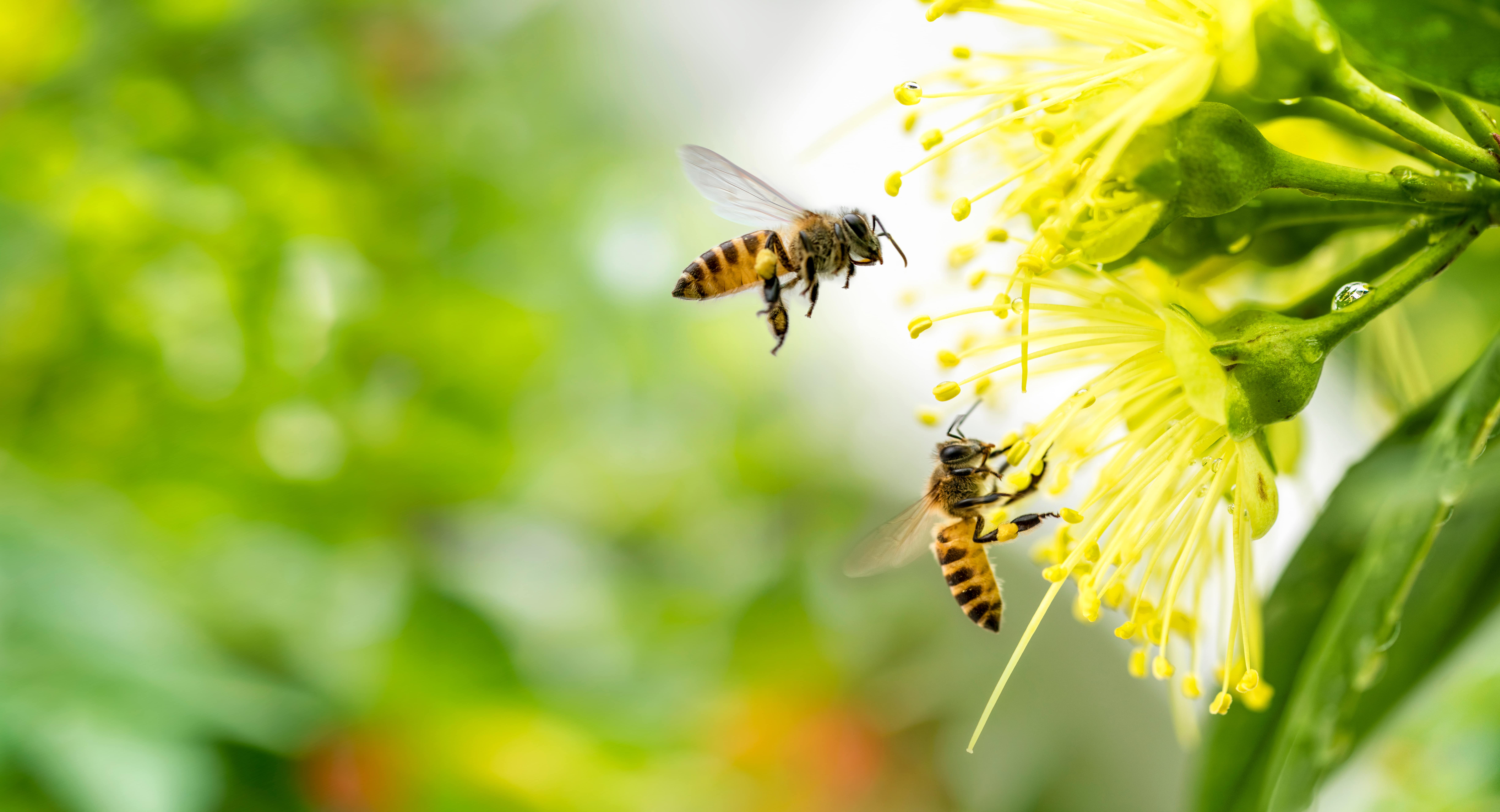Home / Blog / How To Identify Australian Cockroaches
How To Identify Australian Cockroaches
Get upto $350 Off

Scientifically reviewed by Daniel Baldwin, BCE, CCFS, CP-FS
-Published on September 26, 2022
-Updated on March 11, 2025
The Australian cockroach is one of the most common types of cockroach, rivaling the prominence of the American cockroach. So, do you only have to worry about Australian cockroaches in Australia?
Learn about the Australian cockroach, what it looks like, if it’s dangerous, and how to get rid of an infestation in your home.
What are Australian cockroaches?
The Australian cockroach isn’t only found in Australia; it’s actually the most prominent cockroach in southern Florida. Historically, they may not have come from Australia at all. Research from 1945 suggests they may have come from Africa aboard slave ships.
These cockroaches like to live outdoors, which is good news for us since they aren’t super inclined to live inside. However, that doesn’t mean they don’t find reasons to venture indoors and inhabit our homes.
What do Australian cockroaches look like?
These cockroaches have six legs, wings, antennae, and oval bodies. Their coloring ranges from reddish-brown to dark brown. The Australian cockroaches do have those subtle yellow markings and coloration on their wings, which isn’t present on American cockroaches. Their wings are fully functional, which means they can fly.
Australian cockroaches are on the larger side in the roach family, measuring as big as 1–1 ½ inches in length. Their lifespan can range from 8–12 months when a fully-formed adult. Female roaches can lay up to 24 eggs in one ootheca (egg sac). It takes about 40 days for eggs to hatch. After nymphs hatch from their eggs, they molt and grow for about 6–12 months. Nymphs also exhibit a yellow marking on their abdomens which distinguishes them from other cockroach species.

Where do Australian cockroaches live?
These cockroaches enjoy humid conditions and climates, so any region with this climate is where they might make their home. Florida is one example.
Outdoors, Australian cockroaches like to live under the bark of trees or in wood piles. If they venture inside (usually when outdoor temperatures get colder), they’ll look for warm and humid places to live. Indoor areas like greenhouses, water pipes, sinks, toilets, and dark, warm cabinets are top places they may hide.
What do Australian cockroaches eat?
Like most other types of cockroaches, Australian roaches will eat almost anything. They enjoy human foods, especially meats and sweets, but any crumb you leave behind can interest them. That’s why closing up all unfinished food in sealed containers is a step to keeping the roaches away.
They’ll also eat any decaying green matter or plant material found in the woods or around your home.
Are Australian cockroaches dangerous?
While they have moving mouthparts that would make biting possible, it’s extremely unlikely that an Australian cockroach will bite you, especially if there are plenty of food sources around. That being said, the main issue with cockroaches of any kind is the pathogenic load they can bring into your home.
Like other cockroaches, they carry and transmit diseases, like salmonella, on their legs. Viruses can be picked up in sewers, garbage cans, or waste pipes where they frequently travel and carried to your home on their bodies. If they get into your food source, they can spread disease and transmit viruses when you eat.
Contact with roaches can also cause asthmatic reactions in people as well as other breathing issues from the odors they excrete.
How to get rid of Australian cockroaches
If you have a serious infestation of Australian cockroaches in your home, it may be overwhelming to get rid of them with roach bait or chemical sprays on your own. Calling a pest professional can help you target roach nests (which are usually very hidden from view) and treat your infestation.
While you wait for your pest control professional to arrive, there are some helpful things you can do to make their job easier (and give you some peace of mind too).
- Seal any cracks in your walls that they’re probably traveling through; look for light that shines through door or window cracks to see where these gaps may be
- Dry up any moist areas of your home due to leaks or drips
- Seal up any uneaten food in containers and clean up any crumbs or dirty dishes so there are no food sources for the roaches
- Vacuum and clean your home regularly to keep bugs at bay
Related Articles
Visit our blog to learn more.
→












